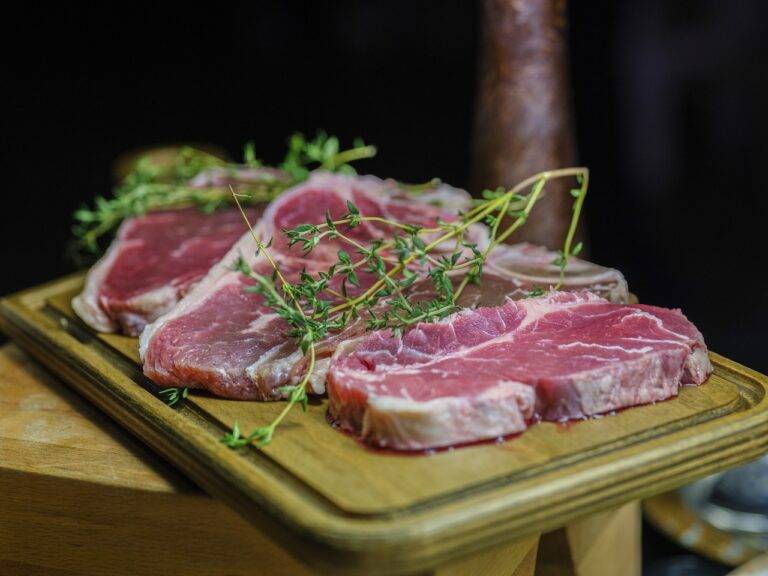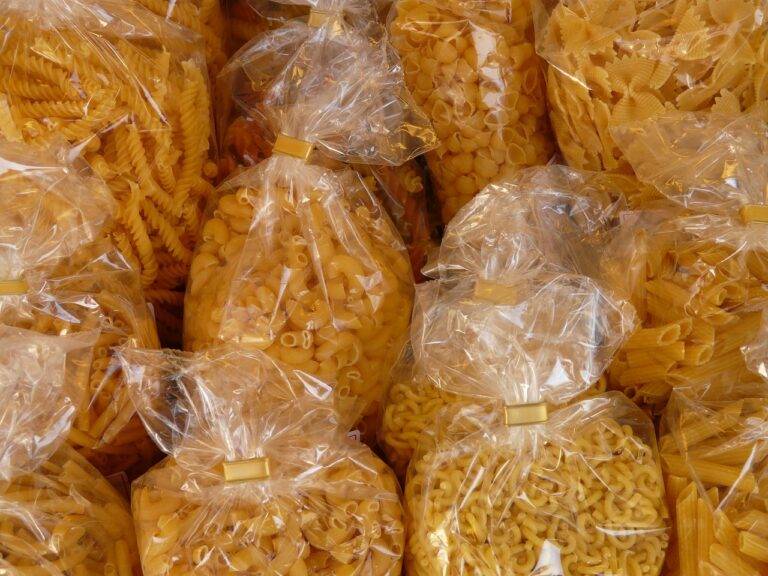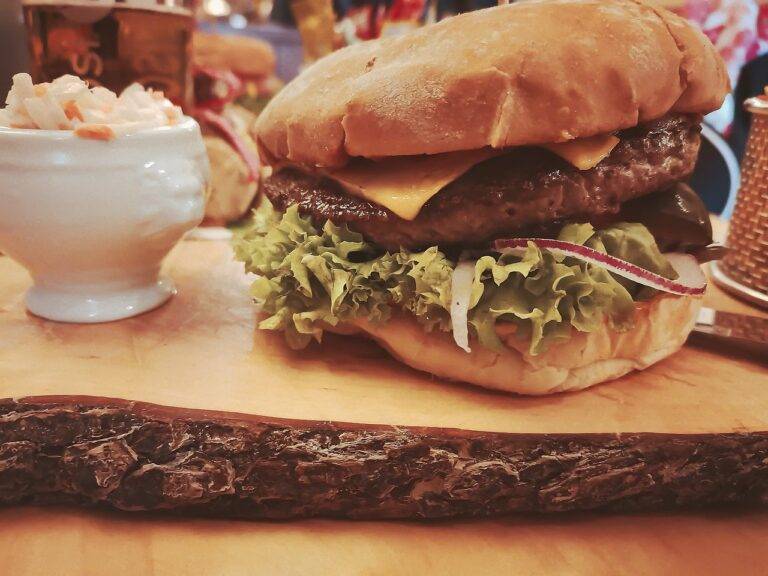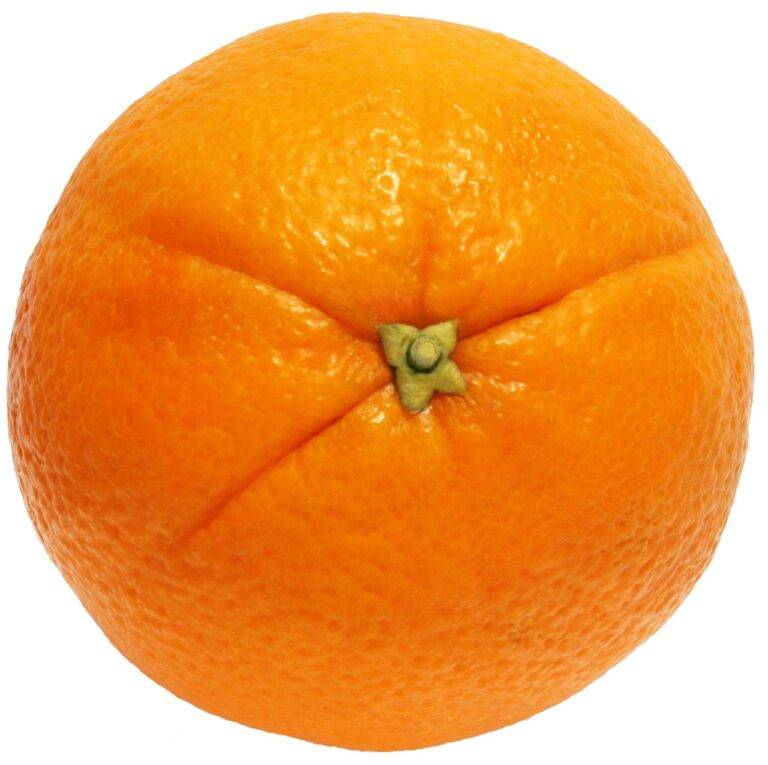Exploring the World of Molecular Gastronomy
Molecular Gastronomy is a scientific discipline that explores the physical and chemical transformations that occur during cooking. It involves the utilization of knowledge from chemistry and physics to understand and enhance culinary techniques. By studying the underlying principles of food preparation, chefs can push boundaries and create innovative dishes that challenge traditional cooking practices.
One of the key characteristics of Molecular Gastronomy is the use of modern cooking equipment and techniques to transform ingredients in unique ways. From spherification to foams and gels, these methods allow chefs to create visually stunning and surprising dishes that play with texture, temperature, and flavor. This cutting-edge approach to cooking has revolutionized the culinary world, inspiring chefs to experiment with new ingredients and techniques to create unforgettable dining experiences.
History of Molecular Gastronomy
Molecular gastronomy, a scientific approach to cooking that focuses on the physical and chemical transformations of ingredients, began to gain popularity in the late 20th century. Chefs such as Ferran Adrià of El Bulli in Spain and Heston Blumenthal of The Fat Duck in the UK are often credited as pioneers in this culinary movement, pushing the boundaries of traditional cooking techniques.
By deconstructing classic dishes and reimagining culinary processes, these chefs sparked a global interest in molecular gastronomy. The use of tools such as spherification, foams, and gels became common in kitchens looking to create innovative and visually stunning dishes. This culinary evolution not only transformed the way food is prepared and served but also challenged traditional notions of taste and texture in the dining experience.
What is Molecular Gastronomy?
Molecular Gastronomy is a scientific approach to cooking that explores the physical and chemical transformations that occur while preparing food. It involves the use of innovative techniques and ingredients to create unique textures, flavors, and presentations.
When did Molecular Gastronomy first emerge?
Molecular Gastronomy first emerged in the late 20th century, with the term being coined by Hungarian physicist Nicholas Kurti and French physical chemist Hervé This in the 1980s.
Who are some prominent figures in the history of Molecular Gastronomy?
Some prominent figures in the history of Molecular Gastronomy include Ferran Adrià, Heston Blumenthal, and Grant Achatz, who are renowned chefs known for their groundbreaking work in this field.
What are some key techniques used in Molecular Gastronomy?
Some key techniques used in Molecular Gastronomy include spherification, foams, gels, emulsification, and sous vide cooking, which allow chefs to experiment with textures and flavors in innovative ways.
How has Molecular Gastronomy influenced the culinary world?
Molecular Gastronomy has had a significant impact on the culinary world, inspiring chefs to think creatively and push the boundaries of traditional cooking. It has led to the development of new dishes, techniques, and ingredients that continue to shape the way we approach food.





